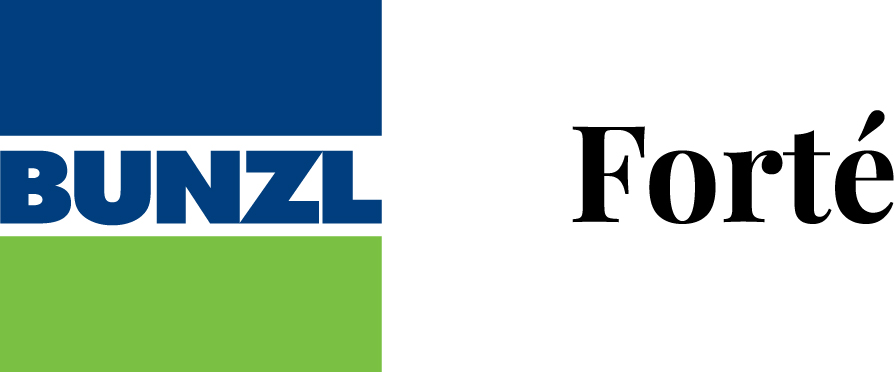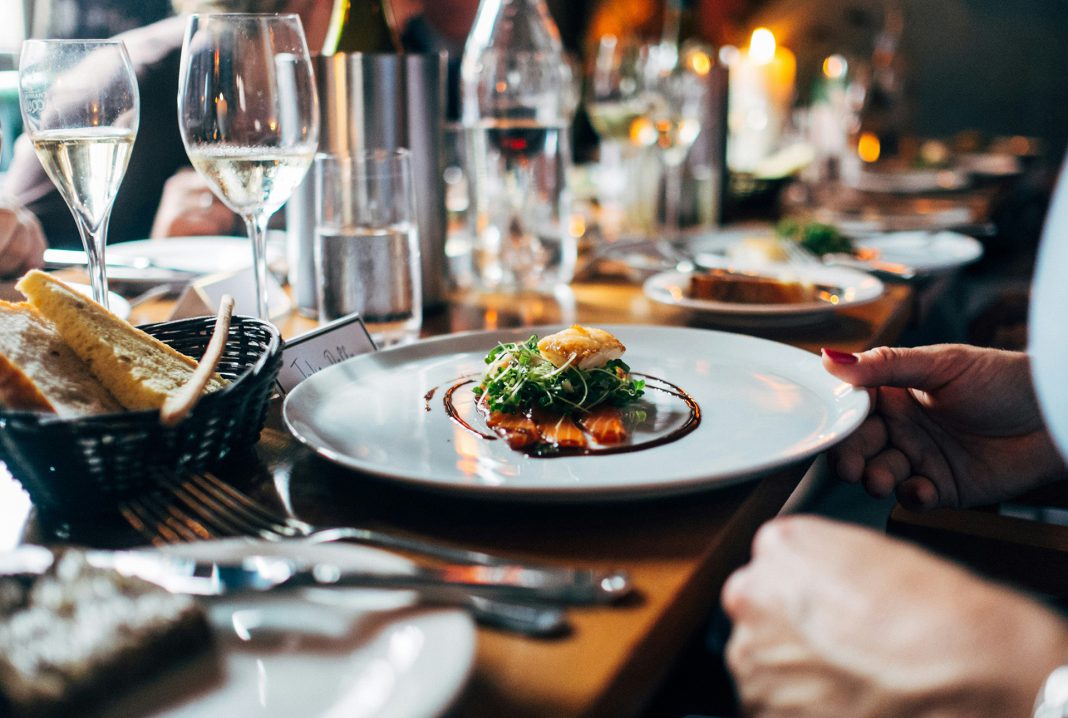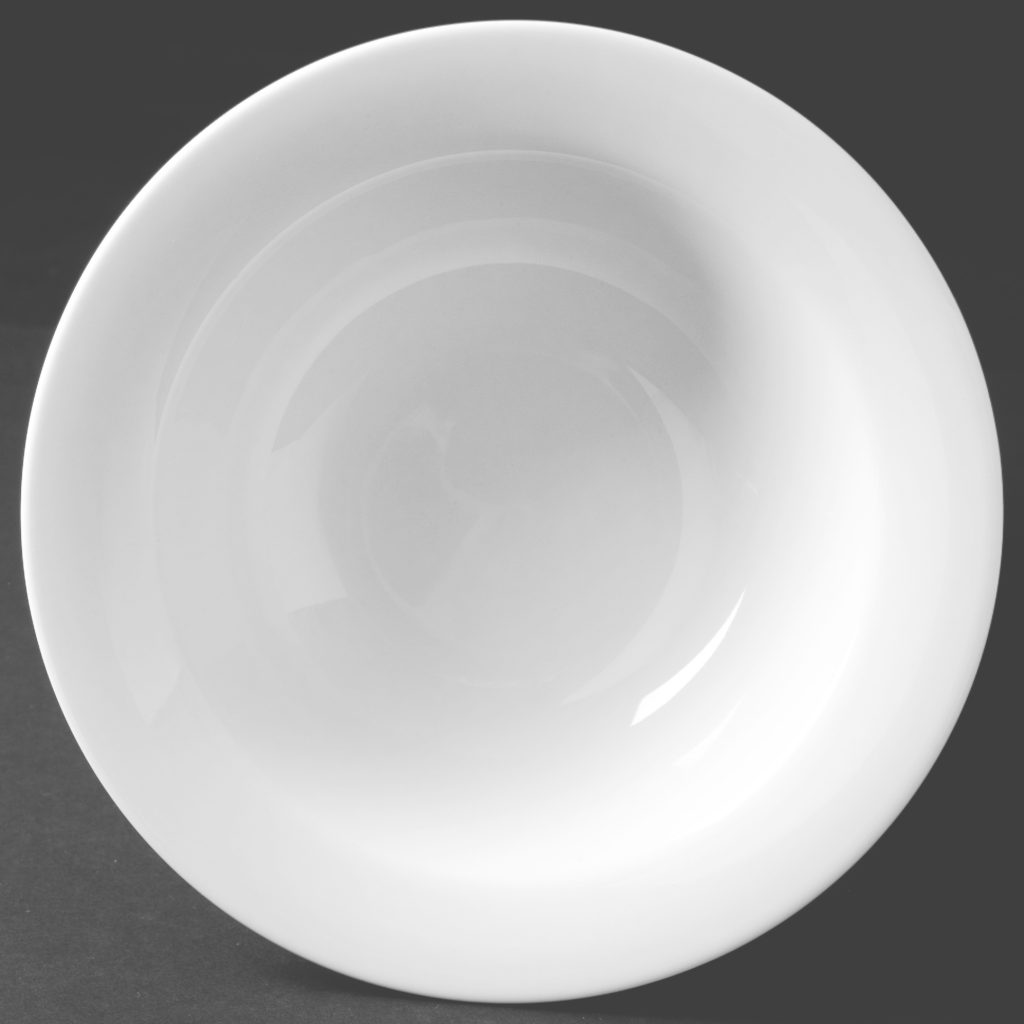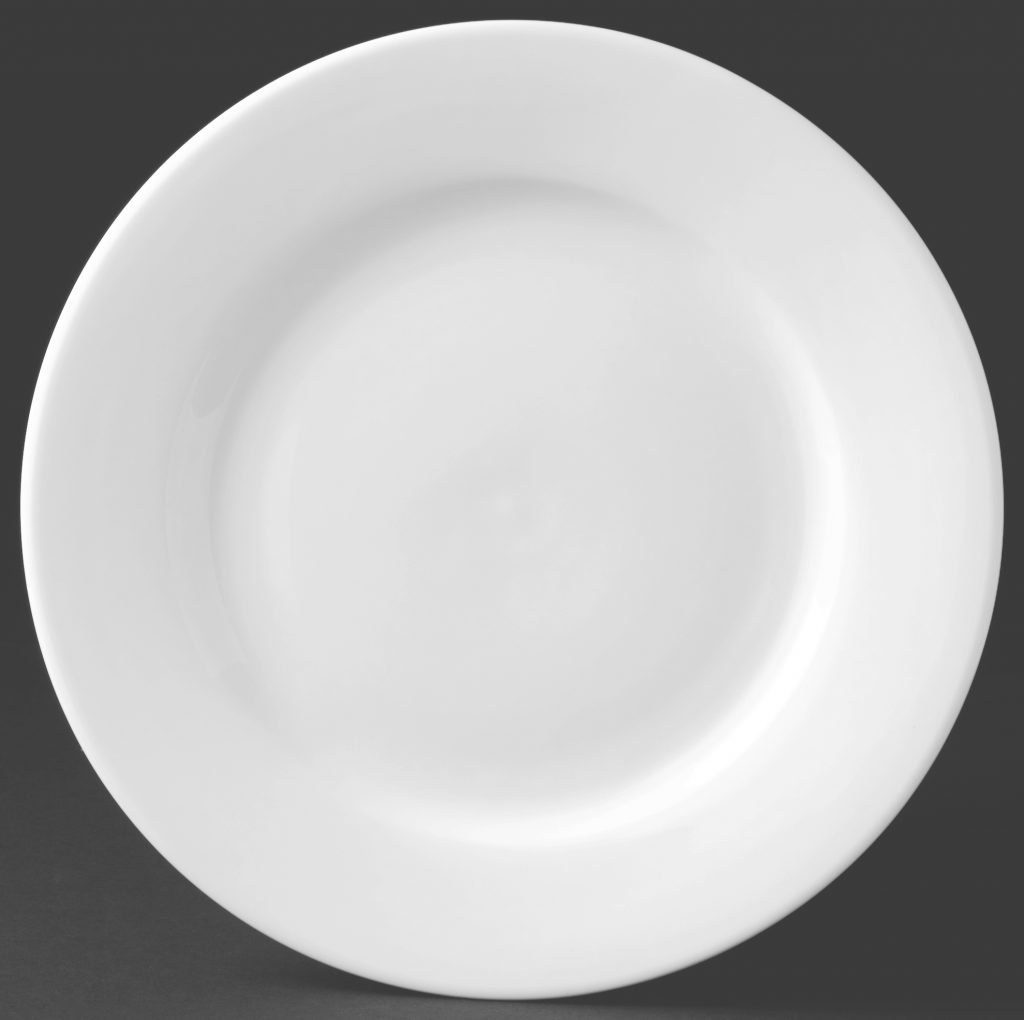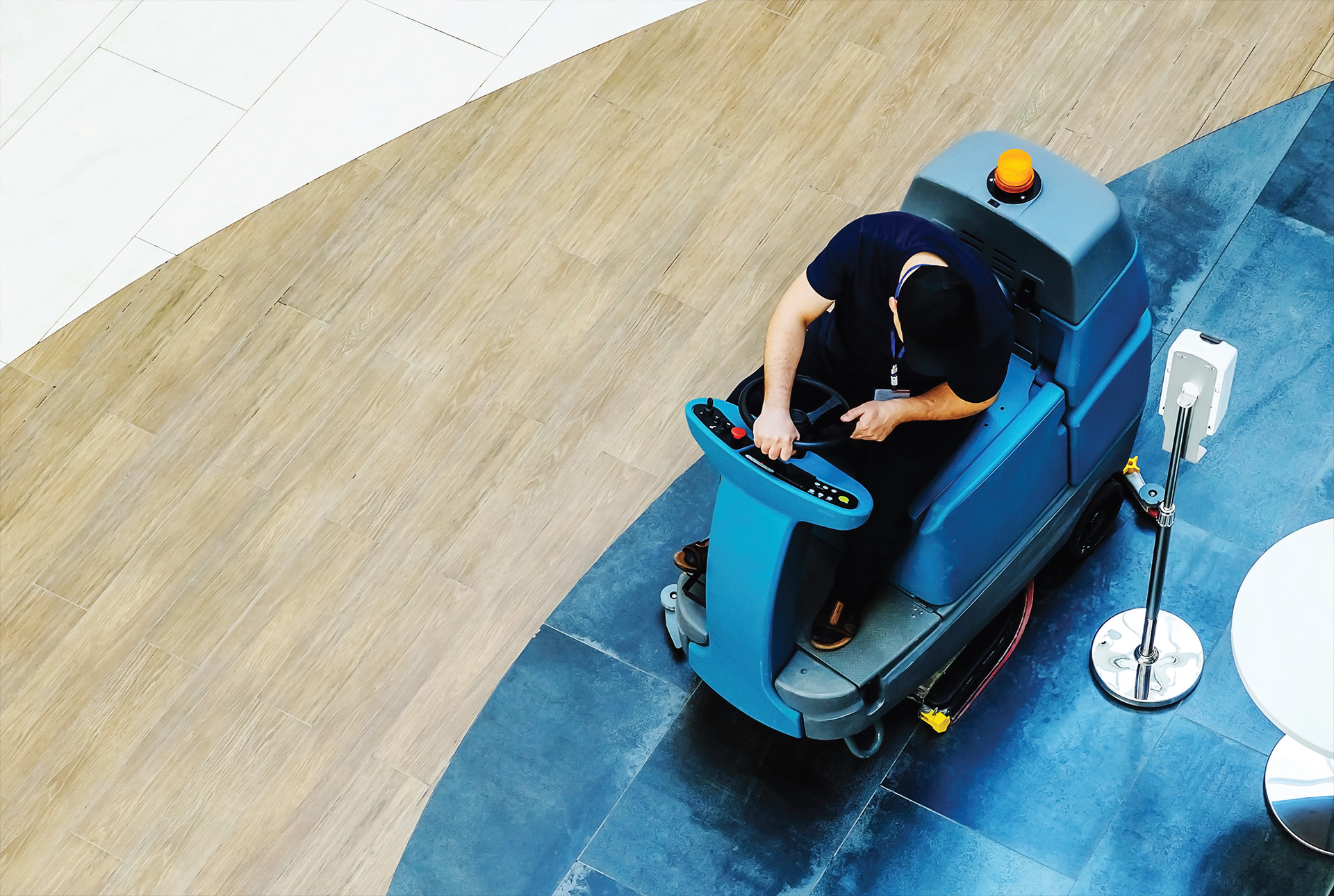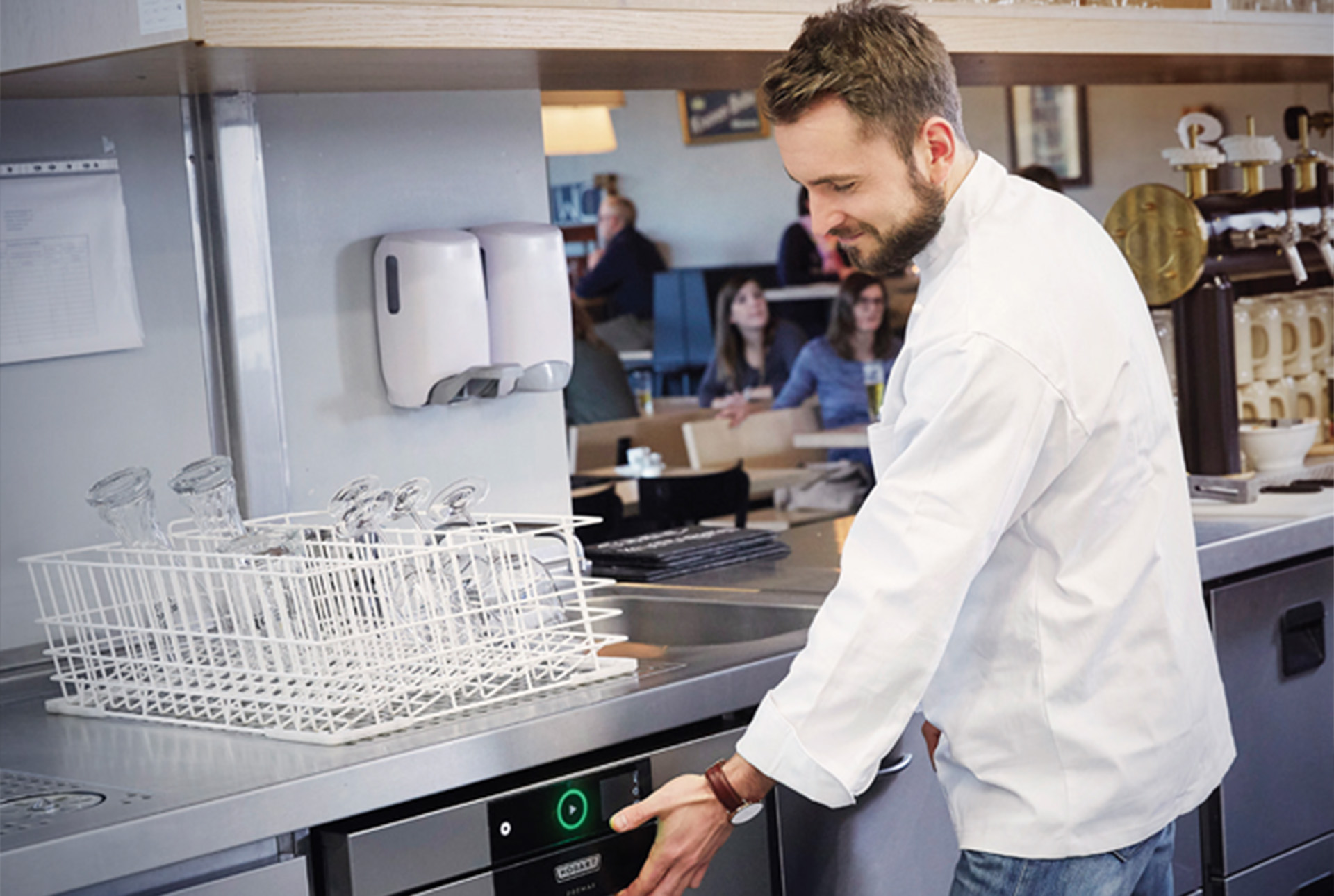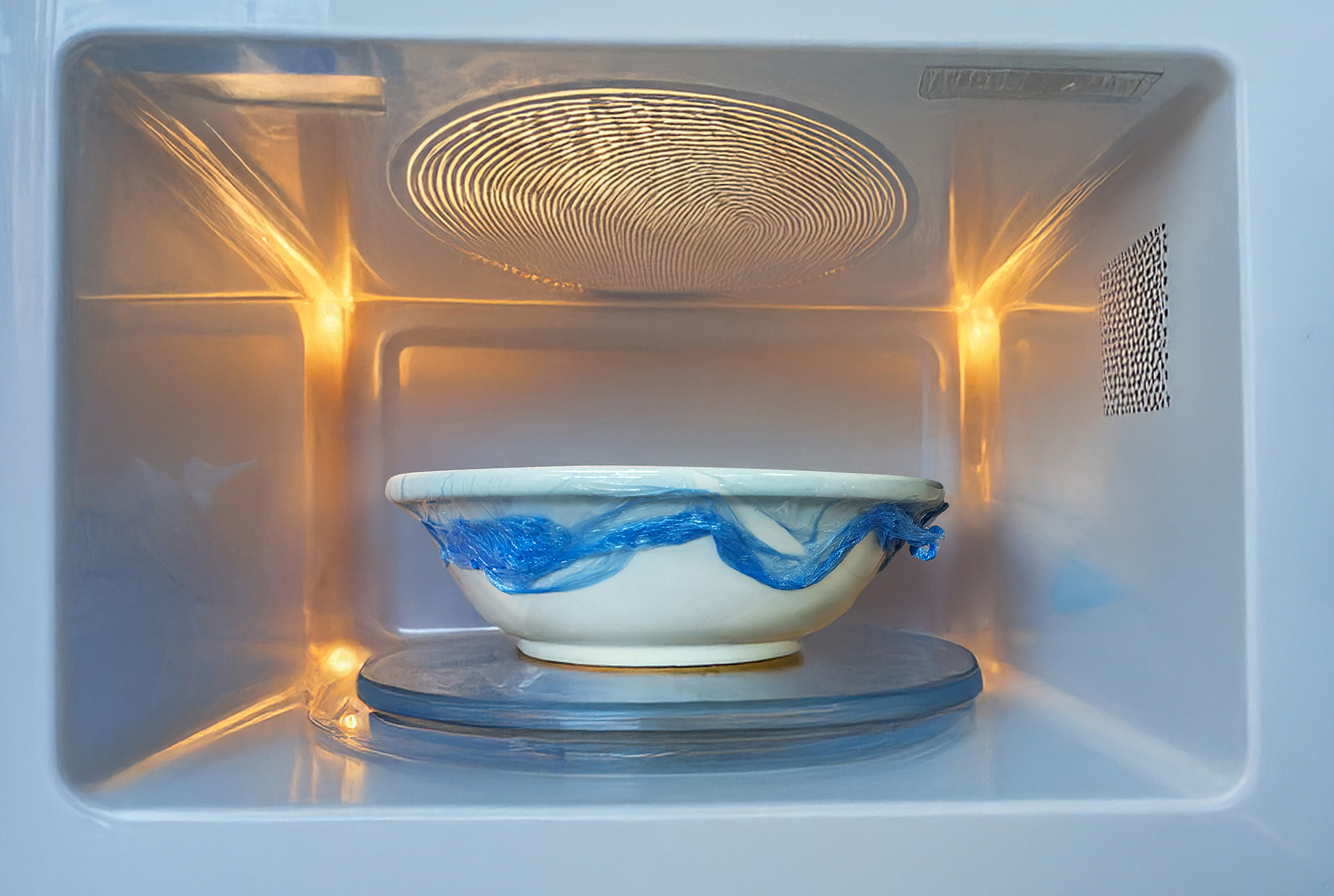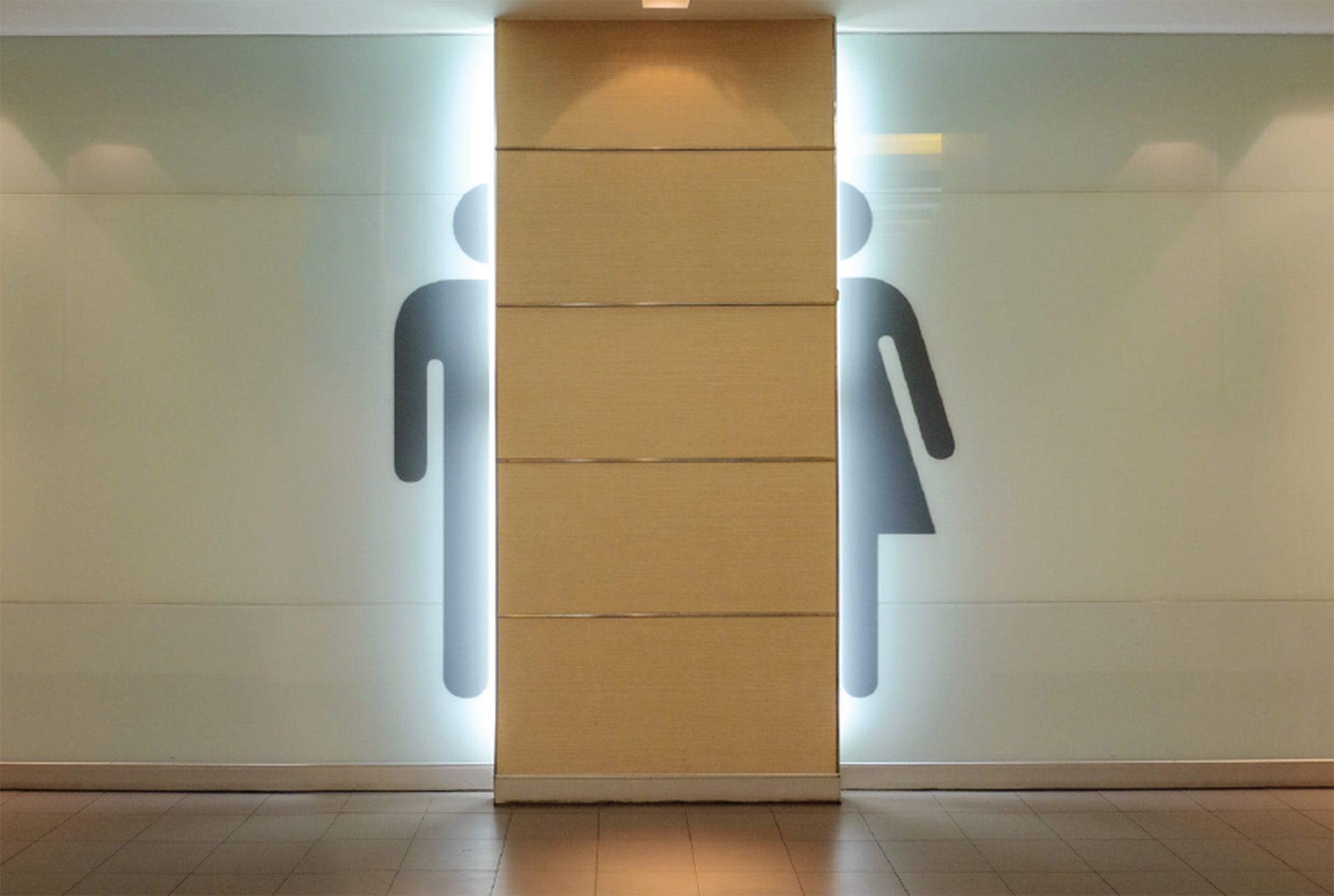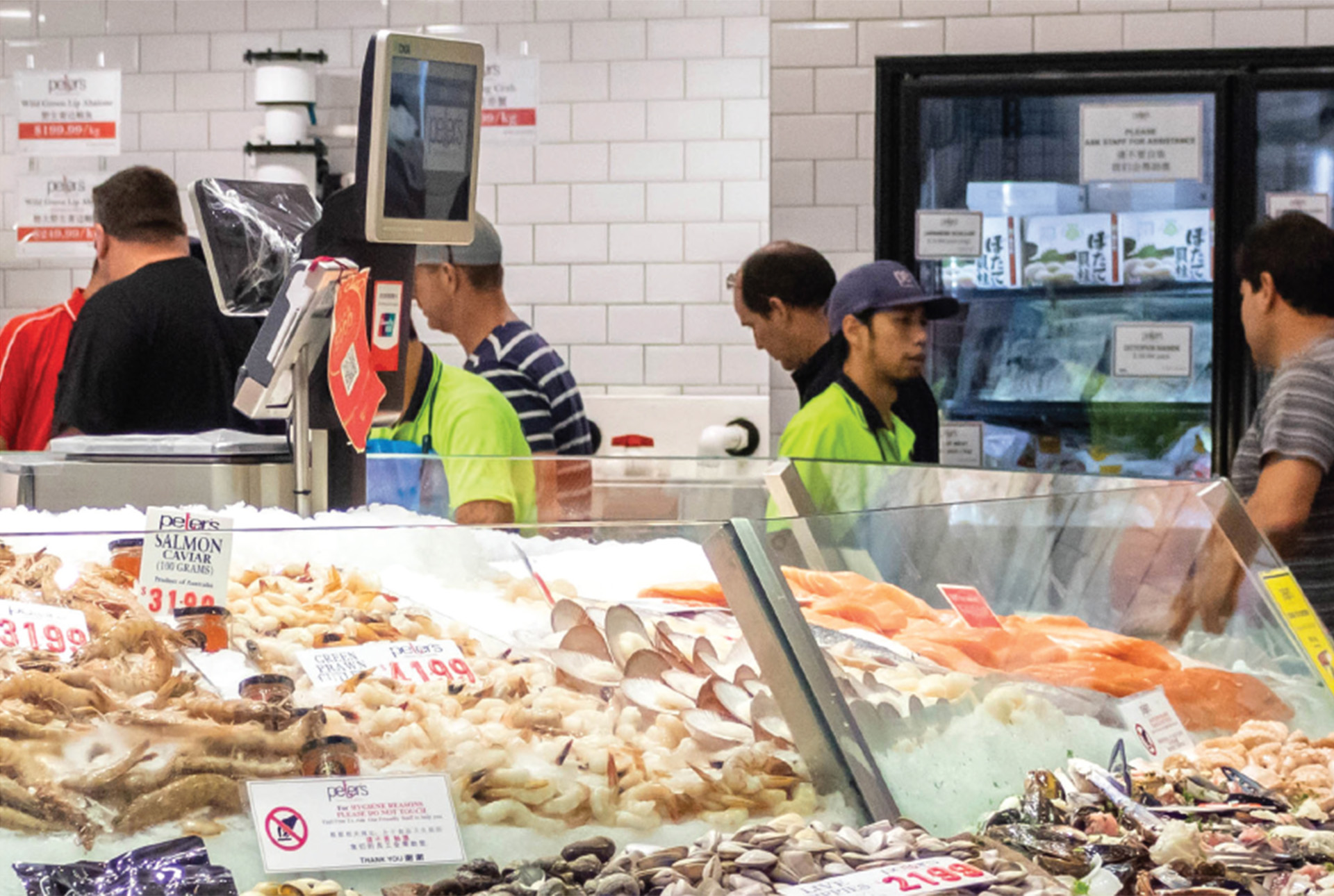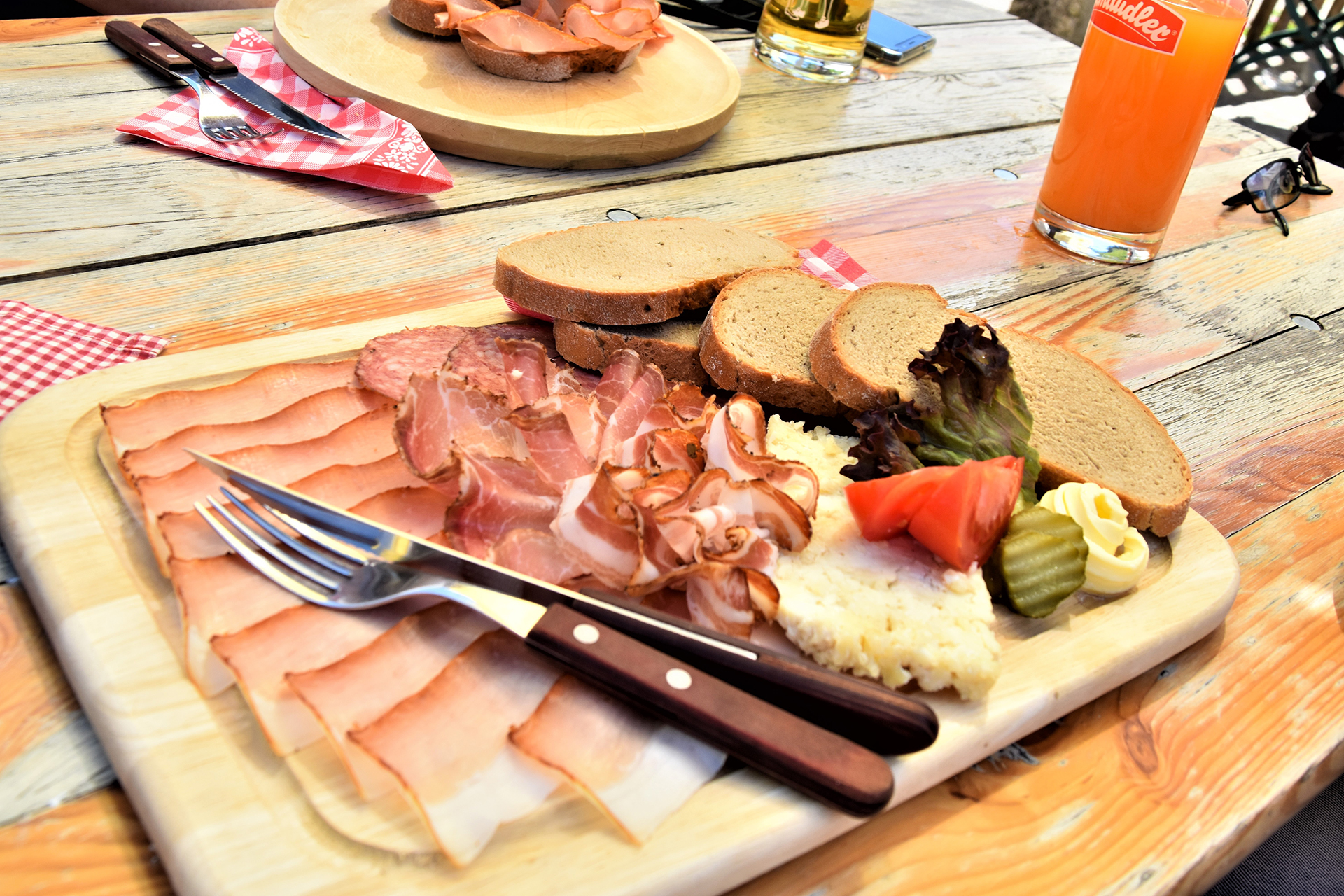Whether you work in fine dining, casual dining or a pub/ bar, the way that you present your food to your customers can impact their dining experience. The goal of plating the perfect meal is to activate the 5 senses. The process of plating a dish can be done with three key elements being considered; colour, size and texture.
Colour is used to add visual excitement to a dish. While the actual meal can contribute to this, placing your meal on the right coloured plate can help to bring out the small details of the dish. For example, neutral colours are better brought out by a white plate and bright colours work best against a dark background, making the meal look more vibrant. The table setting can also add to this and it’s important to consider this when selecting tableware.
Size is another technique used to plate food that has a significant impact on how appealing the meal is to your customers. On large plates, the border around your dish acts as the frame, highlighting the main elements in the meal. Using smaller plates will make your meal look more full. The size of the plate that you choose in your restaurant can also help with portion control.
The way that food is arranged around the plate is also important to how visually appealing it is to your customers. With every dish you make, there should be one ingredient that stands out the most. This is generally the largest portion and avoids other ingredients competing with each other. Another way to use texture is to give the meal three dimensions. Stacking food up gives the illusion that there is more food on the plate than if it were to be spread around.
Some Other Types of Plates You Might Want to Consider for Your Table Setting
The typical restaurant menu in Australia will have a few different courses. On a standard menu you might see starters or appetisers, entrees, sides, mains and desserts. With each of these courses different types of plates are used to display and frame the dish.
The smallest plate typically found on a dinner setting is the appetiser plate. This plate is around 120 to 150 mm in diameter.
Side plates and bread and butter plates are generally the same size of 150-170 mm and can be used for decoration if purchased in different textures and colours. These plates are used during the dining experience to serve side dishes that can be shared among guests.
Your entree plate is generally the second smallest plate on your restaurant table. They are around 220 mm in diameter and can be used in different shapes, textures and colours to compliment the meal.
The plates used for serving salads are normally around 200-250 mm in diameter. Salad plates are generally the same size as dessert plates.
Lunch plates are typically anywhere from 220-300 mm depending on the size of the table and the amount of food on the plate. This is the most similar size to the traditional dinner plate.
The dessert plates commonly used in restaurants are around 200-250 mm, allowing space for more creativity with the space surrounding the dessert.
The size of a soup bowl is normally around 220-250 mm. Soup plates will also have a lip of around 25-50 mm.
The History of the Ideal Dinner Plate?
The ideal dinner plate size has changed over the years with different eating trends.Dinner plates were often based on the portion sizes that each plate held, so as eating habits have evolved so have the dishware used. Dining styles before the 1980s reflected a more conservative approach to eating.
In the 1960s a 215 mm plate was the most common dinner plate used as food was served in a more shared style on communal serving platters. The idea of an individual dinner was not common at this time so larger plates were not necessary.
It was only in the 1980s where dinner plates began to get bigger to reflect the changing dinner habits of having an individual meal. This is where the 250 mm dinner plate became popular for dinners. This became the standard dinner plate size of the time as it allowed for more elaborate plating styles and larger servings.
Plates ranging from 280 to 350 mm have become more popular in recent years as they offer an increased portion size or more room for chefs to utilise in their presentation of their dish.
The Ideal Dinner Plate with Expert, Guy Churcher
In order to establish the ideal dinner plate size for food serving businesses, we sat down with Guy Churcher and asked him about any trends around dinner plate size he has noticed in the catering industry.
Guy stated that there are so many ‘different responses’ to the question of the ideal plate size ‘based on application’. For instance, when dinner plates are used for functions on a banquet table that fits 10-12 people, 270 mm would be the ‘right size’ for that table setting.
“In the more modern dining”, Guy Continues. “Where dishes are shared, the plate has moved to around 250mm which is due to sampling smaller portions of food in large groups.”
After being asked about the most commonly used plate size for upmarket restaurants, Guy noticed that the dinner plate sizes would increase to ‘290 or 300 mm’ from 270 mm. This size is commonly used by chefs to explore different plating styles.
Practical Considerations for Dinner Plate Sizes
The first consideration you should make when purchasing your range of dinner plates is the size. As we know the average plate size for dinners is 250 mm. Anything larger may not fit in your dishwashers.
Another consideration is how each plate will be used within your business. Having a menu that is made for sharing would require different sized plates to a menu made up traditionally with entrees, mains and desserts.
Guy also highlighted, “the space on the table becomes tight [when you] have larger and more serving dishes [leaving] not a lot of room for the traditional 270mm.”
The ideal plate size depends on what kind of menu and experience you plan on offering to your customers.
